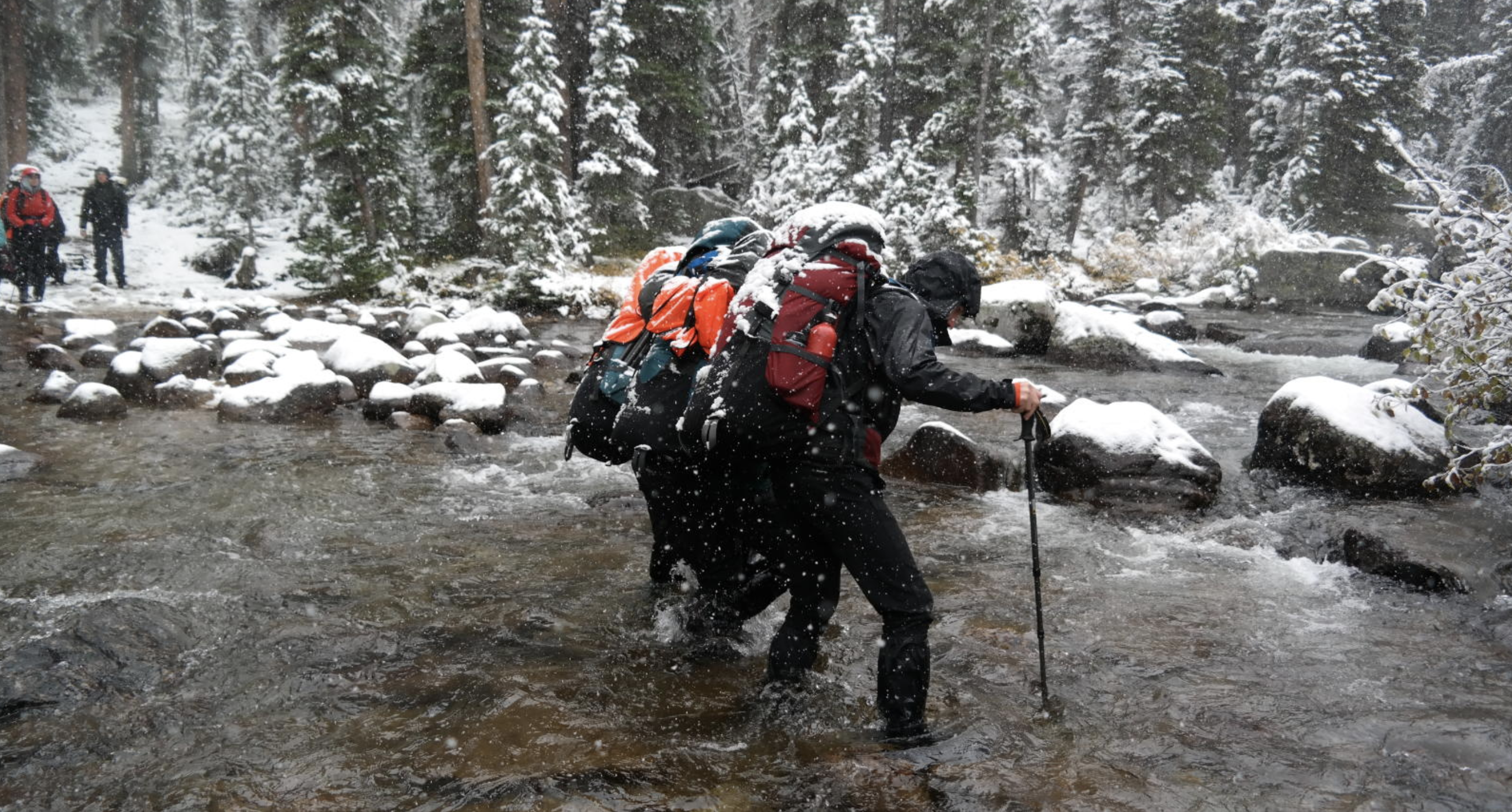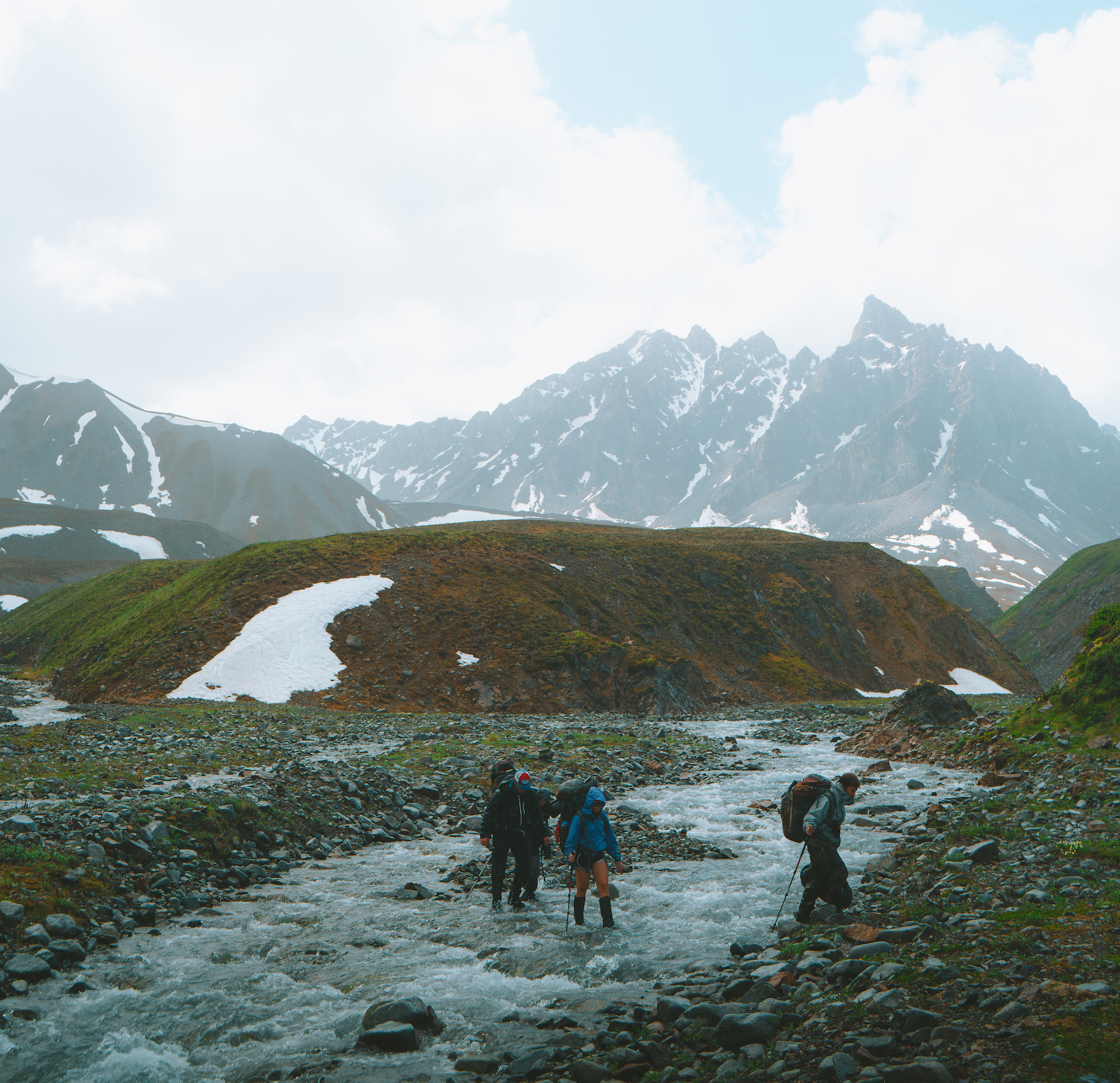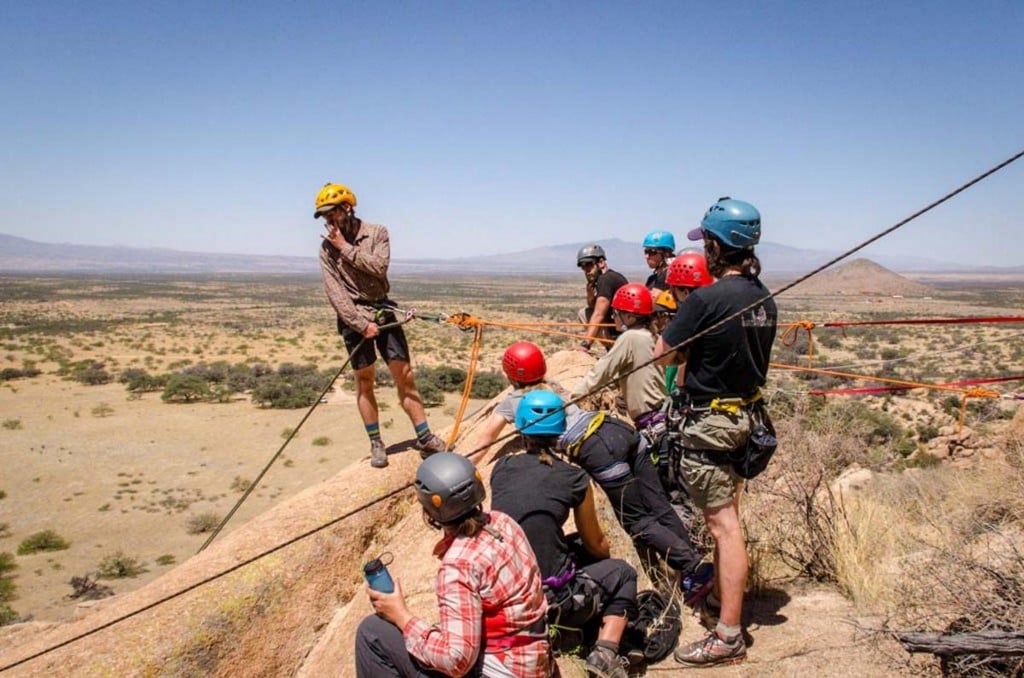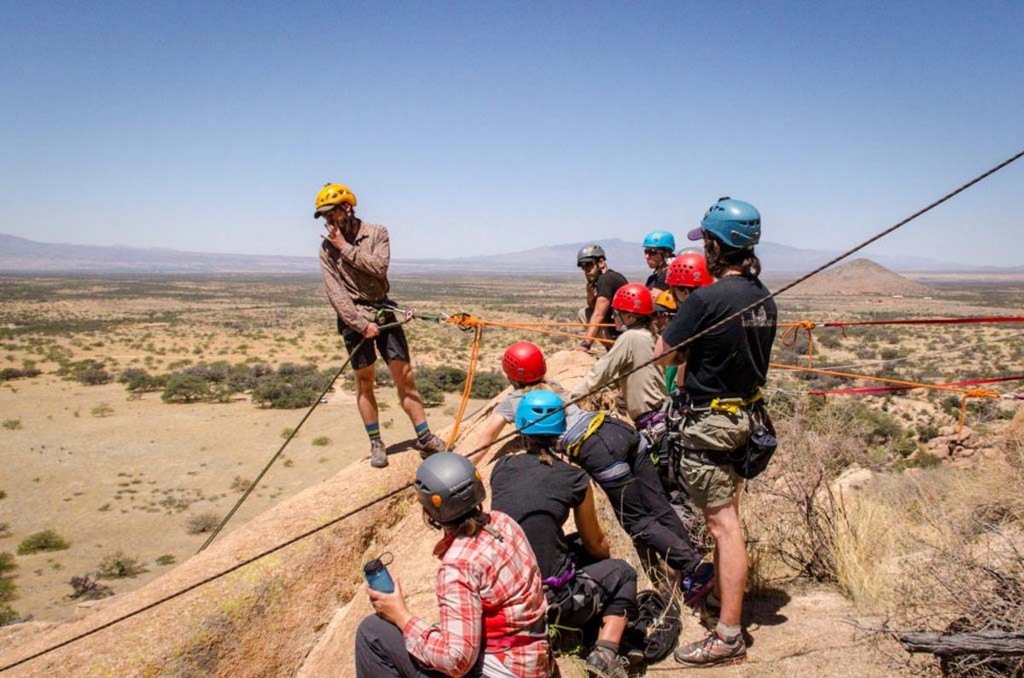
The Setting
You’re the trip leader for a group of teenagers on a nine-day backpack in the Bitterroot Mountains of Montana. The rivers are up and every crossing has been wet. A late spring snowstorm dropped several inches of new snow and brought cooler temperatures.
You’ve encouraged daily foot checks, changing socks and staying as warm and as dry as possible—all relative to the reality of these conditions. At today’s midday rest break you realize no one has dry socks and one of the participants says his feet hurt.
SOAP Report
Subjective
The 18-year-old male patient is complaining that his feet hurt.
Objective
Patient Exam
The patient’s feet are pink, cool to the touch. Capillary refill does not appear diminished. The feet are not swollen, not cyanotic and there are no blisters or other soft tissue wounds or rash. The patient can feel light touch on the ends of all the toes, wiggle his toes and push against resistance without increasing the pain. He denies itching, numbness or pins and needles sensations. There is a white soft patch on the underside of his right big toe.
Vital Signs
|
Time |
12:30 PM |
|
Level of Responsiveness (LOR) |
A+Ox4 |
|
Heart Rate (HR) |
72, strong, regular |
|
Respiratory Rate (RR) |
14, regular, easy |
|
Skin Color, Temperature, Moisture (SCTM) |
pink, warm, dry |
|
Blood Pressure (BP) |
radial pulses present |
|
Pupils |
PERRL (Pupils equal, round, responsive to light) |
|
Temperature (T°) |
Not taken |
History
|
Symptoms: |
|
|
|
Allergies: |
Denies |
|
|
Medications: |
|
|
|
Pertinent Hx: |
None. |
|
|
Last in/out: |
Patient is well hydrated and ate lunch today. |
|
|
Events: |
Patient has been hiking in wet cool conditions. Although he has been diligent with foot care, his feet were very cold yesterday. He didn’t do anything about it until he went to bed. His feet stayed cool most of the night. |
STOP READING!
What is your assessment and plan? Take a few minutes to figure out your own assessment and make a plan. Don’t cheat—no reading on without answering this first!

Assessment
Patient has a possible non-freezing cold injury.Plan
Warm and dry the feet. Rest and keep the feet elevated the rest of the day. Tomorrow we hope to walk to the trailhead and see a physician. We will continue the ibuprofen 400mg every 4–6 hours for pain, and keep the patient hydrated and warm.
We will carefully inspect everyone’s feet to check for local cold injury, dry socks and boots and clothing.
Anticipated problems
The injury becomes blistered or too painful to allow the patient to walk.
Notes from NOLS on Treating and Identifying Illnesses
In a NFCI, blood vessels constrict in response to cold and damp. It’s cold enough to impair circulation, but not to freeze tissue. Cells are deprived of oxygen and nutrients. Nerves are especially sensitive, which accounts for the numbness, pins and needles sensations, itching, and pain that often announce the injury.
The textbook description of this injury is cold, swollen, numb, cyanotic, and mottled skin. It’s more common in the field to see cool pale extremities, numbness, tingling, itching, and mild swelling.
There isn’t much we can do to treat this in the field. We need to recognize it, keep the feet dry and warm, and go see the doctor. The pain can be awful and difficult to manage with medications. Severe cases result in tissue loss. Moderate cases can be painful and sensitive for weeks, months, and even years.
The Story Continues...
The next morning the patient complains his feet are worse—more painful—and he is unable to walk. The patient’s feet are red, warm, and swollen with good capillary refill. The white patch on his right big toe is gone. There are no blisters or other soft tissue wounds or rash. The patient can feel light touch on the ends of all the toes and can wiggle his toes. He denies itching, numbness, or pins and needles sensations, but says his feet hurt worse. He is only able to hobble around camp on his heels and he cannot wear his shoes.
Assessment
Patient has a possible NFCI.
Plan
-
We will continue to keep the feet elevated and warm, and arrange for support to carry this patient from the field.
-
We will again carefully inspect everyone’s feet to check for local cold injury and dry socks, boots, and clothing.
Comments
The progression from pins and needles to numbness, to pain, to inability to walk is an unwanted, but expected, sequence. After warming the cool tissue often becomes red and swollen and very painful (called the hyperemic phase). It surprises people who thought their feet were just a bit cold.
We used to think sleeping with warm dry feet prevented injury, no matter how cold they were during the day. This is probably true in many cases, but we’ve seen the NFCI known as immersion foot develop over a day and in a cold multi-hour river crossing, events which were likely the tipping point after several days of exposure: an afternoon of lapsed attention that undoes days of diligent prevention.
Footwear isn’t a panacea, although today’s boots are a godsend compared to the leather we used to wear. You can get a NFCI from sweat-dampened socks, neoprene socks, and other vapor barrier systems. It happens to novices and experts, in summer and winter, in the deserts and mountains, and even in the jungle. It’s a consequence of how cool and damp your extremities are, no matter what you wear on your feet.
Keep your skills fresh: Recertify with NOLS Wilderness Medicine.
Written By
Tod Schimelpfenig
As a NOLS Instructor since 1973 and a WEMT, volunteer EMT on ambulance and search and rescue squads since the 70s, Tod Schimelpfenig has extensive experience with wilderness risk management. He has used this valuable experience to conduct safety reviews as well as serve as the NOLS Risk Management Director for eight years, the NOLS Rocky Mountain Director for six years, and three years on the board of directors of the Wilderness Medical Society, where he received the WMS Warren Bowman Award for lifetime contribution to the field of wilderness medicine. Tod is the founder of the Wilderness Risk Manager’s Committee, has spoken at numerous conferences on pre-hospital and wilderness medicine, including the Australian National Conference on Risk Management in Outdoor Recreation, and has taught wilderness medicine around the world. He has written numerous articles on educational program, risk management and wilderness medicine topics, and currently reviews articles for the Journal of Wilderness and Environmental Medicine. Additionally, he is the author of NOLS Wilderness Medicine and co-author of Risk Management for Outdoor Leaders, as well as multiple articles regarding wilderness medicine. Tod is the retired curriculum director for NOLS Wilderness Medicine and is an active wilderness medicine instructor




